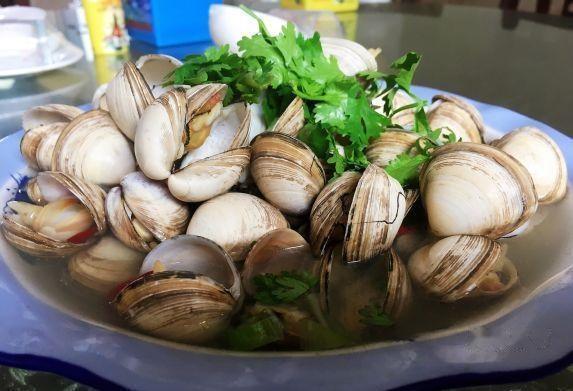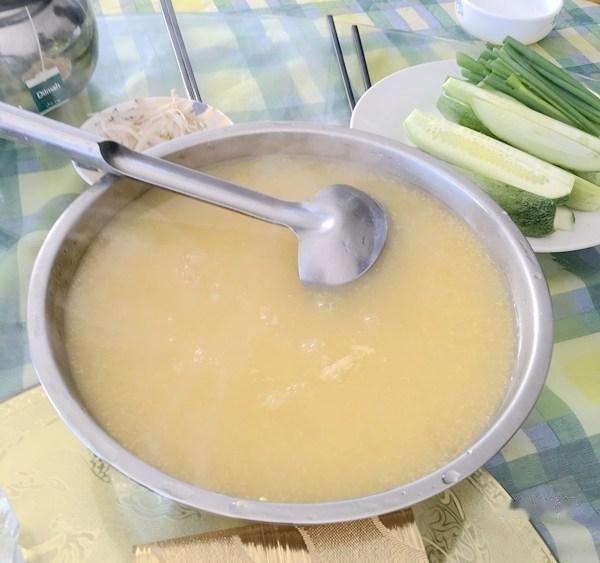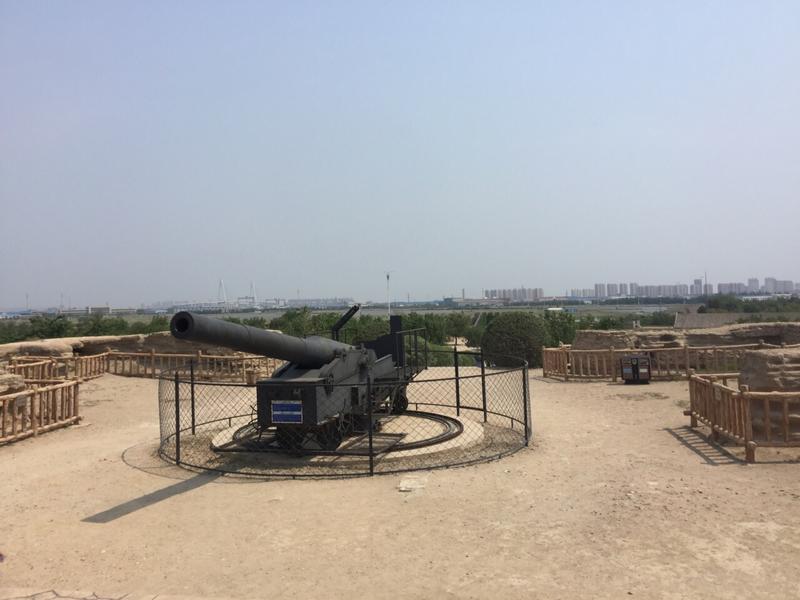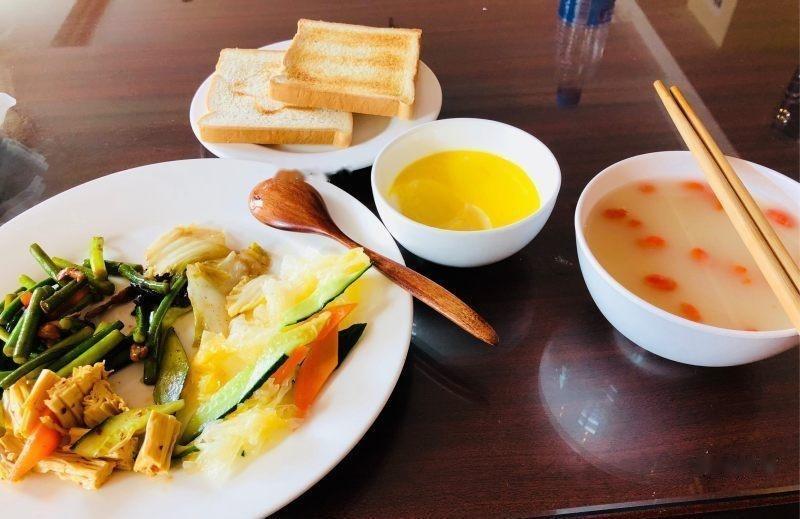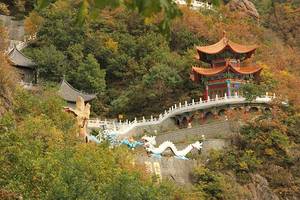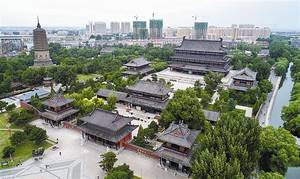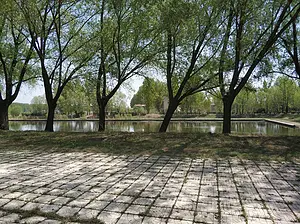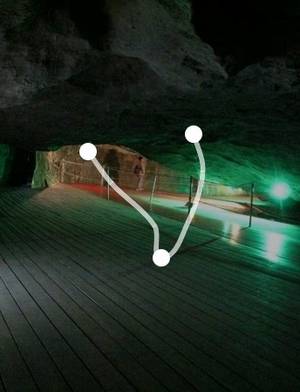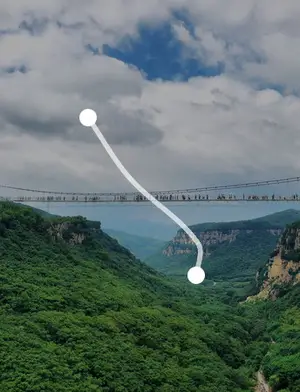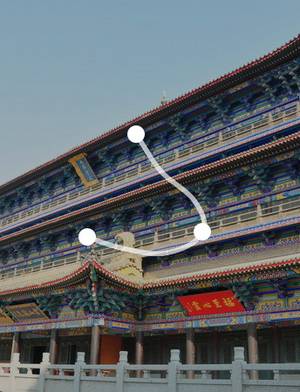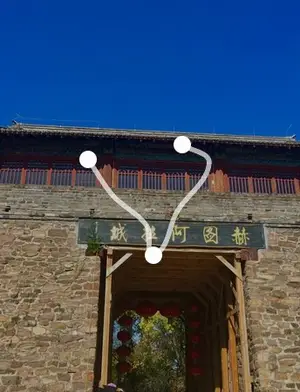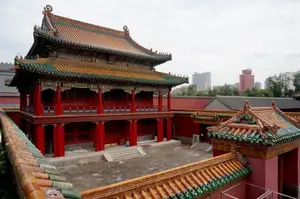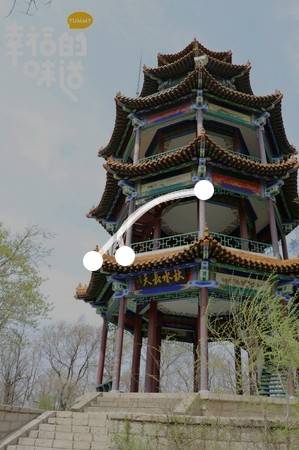To feel the historical changes from the Red Beach to Tokyo's Mausoleum
4 cities |
12 attraction(s) |
total distance 306
km
 TIPS
TIPS
Day1
Day2
Day3
Day1: Panjin
3 attraction(s) ·
23 km
1
Close to the Red Beach scenic area, you can visit and play after meals. The restaurant is not too big, but the environment is good and clean. The portion sizes are big, and the taste is great, with various seafood and farm dishes. Affordable prices, highly recommended!
12
km
2
Dongbei's river crabs in Panjin are a must-try, they taste amazing. Other dishes are also good.
12
km
3
The hotel is conveniently located with easy access to transportation. It offers multiple levels of guest rooms equipped with air conditioning, cable TV, and 24-hour hot water systems. We strive to create an ideal vacation destination for guests and are committed to providing a limitless life enjoyment for every guest. The hotel facilities are complete, safe, comfortable, and warm, with considerate services and reasonable prices, providing various personalized services for guests.
Day2: Panjin > Yingkou > Anshan
6 attraction(s) ·
220 km
3
The restaurant is located near the Xi Paotai scenic area. After visiting the scenic area, you can come here directly for lunch. The environment is good and the taste is great. It is both affordable and cost-effective, with excellent service. It's a good choice.
40
km
4
Goryeo Castle, also known as Jian'an Castle, is located on the east mountain of Goryeo Village, Qingshi Guanbao, 7.5 kilometers northeast of Gaizhou City, Yingkou City, Liaoning Province. The mountain city was built in the 6th century AD or even earlier. It was renamed Jian'anzhou during the Tang Dynasty and served as the seat of the Jian'anzhou Governor's Office. The high walls were built on the north-south undulating ridges, some of which utilized the natural steep cliffs without stone walls. The city center had the Jindian Mountain, with three city gates and one water gate. The walls between the gates were built with rammed earth. There were four watchtowers in the dangerous areas. The unearthed artifacts include a large number of Goguryeo's unique red rope pattern and checkered pattern roof tiles. There are also millstones, pottery, iron armor pieces, horseshoes, iron daggers, and other artifacts. According to the "Zizhi Tongjian," the famous "Battle of Jian'an" occurred in this mountain city during the Tang Dynasty. The Goryeo Castle in Qingshi Ling preserves the features of the mountain city during the Goguryeo period and is a rare large archaeological site with high historical research value. Goryeo Castle is a provincial-level cultural relic protection unit in Liaoning Province. In May 2013, it was officially designated as the seventh batch of national key cultural relics protection units by the State Council.
111
km
5
Good place to eat in Anshan, clean and neat decoration, comfortable and elegant. The dishes are served quickly and taste delicious. If you like dumplings, you can come to this restaurant, they are made fresh on site. There are also other delicious dishes, a variety of choices. It's very popular and affordable.
22
km
6
Day3: Anshan > Liaoyang
3 attraction(s) ·
64 km
1
Qianshan, also known as Qianshan Mountain, is a branch of Changbai Mountain. It has 999 peaks and is called "Qianshan" because the number is close to a thousand. It is 708 meters high and has a total area of 72 square kilometers. Qianshan is divided into four scenic areas: North, Central, South, and West. It includes 20 small scenic areas and over 200 scenic spots, distributed in several valleys. It is a picturesque tourist destination that combines temples and gardens. In the summer, the climate is cool and the air is fresh, making Qianshan an ideal place for summer vacation. Qianshan has a long history and traces of Buddhism can be found as early as the Northern Wei Dynasty. During the Liao and Jin dynasties, Buddhism flourished, and famous Buddhist temples such as Xiangyan Temple, Da'an Temple, Zuye Temple, Zhonghui Temple, and Longquan Temple were established. Since the Ming and Qing dynasties, Taoism has thrived, with nine palaces, eight temples, and twelve Taoist hermitages. There are over 30 temples and hundreds of monks and Taoists in the entire scenic area. The first peak of Qianshan, Xianren Terrace, is located in the southeast, with statues of the Eight Immortals and a stone chessboard. Legend has it that immortals came here riding cranes, played chess on the terrace, and named it accordingly. Wuliang Temple, located in the northern valley, is the largest temple in Qianshan in terms of its exquisite architecture. The newly opened Qianshan cableway connects directly to the Xiaohuangshan Scenic Area and is popular among tourists.
8
km
2
Close to the scenic spot, beautiful scenery, good environment. The dishes are abundant and tasty, especially the fish, which you must try. In addition, the service is attentive and friendly. It's a good restaurant.
57
km
